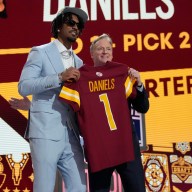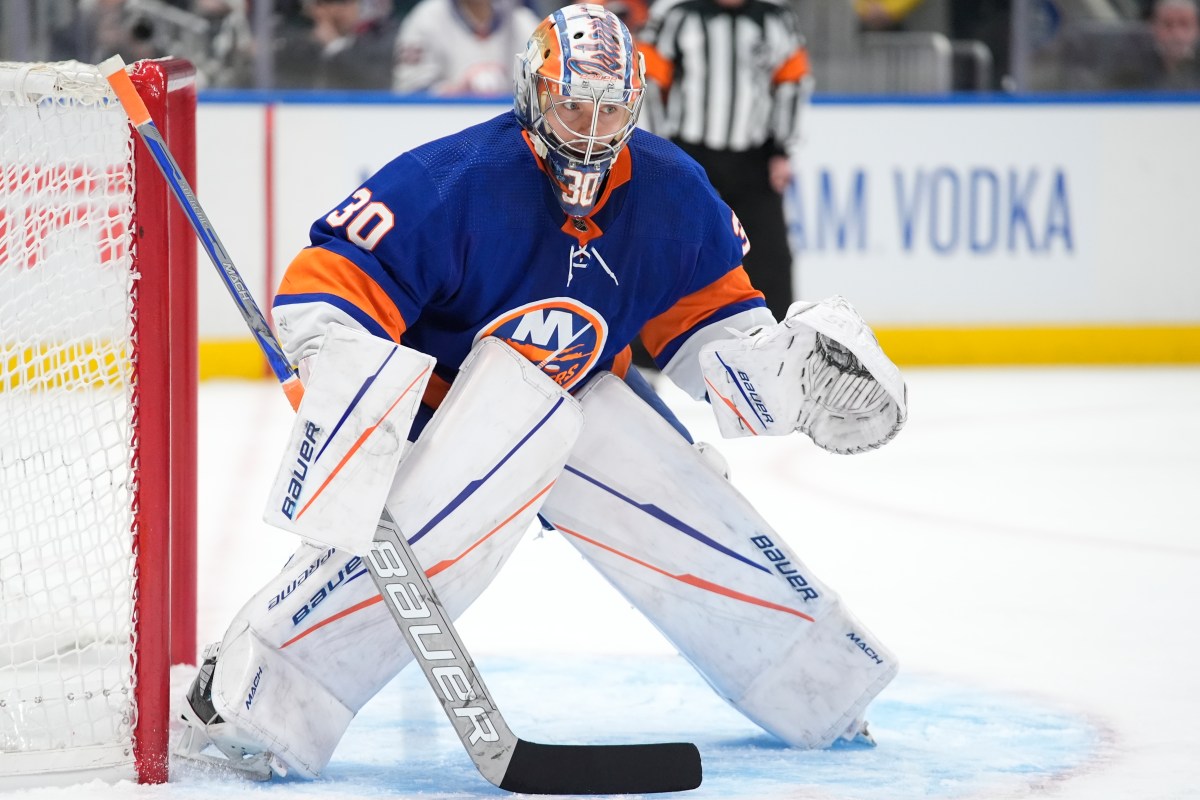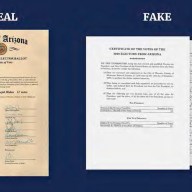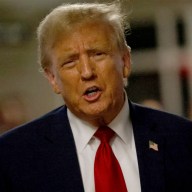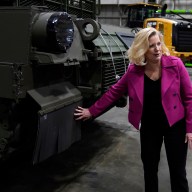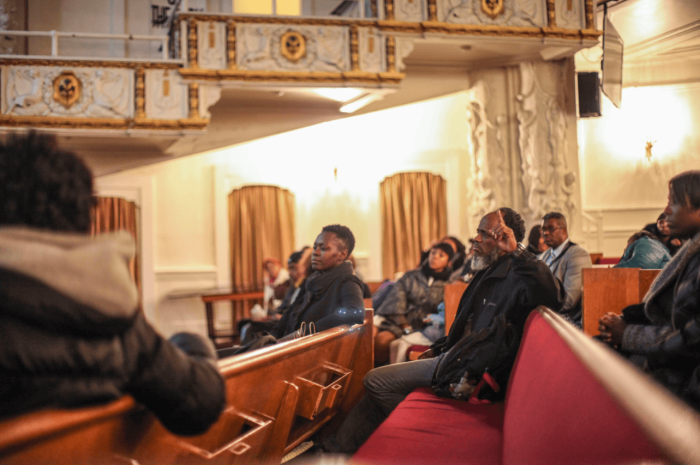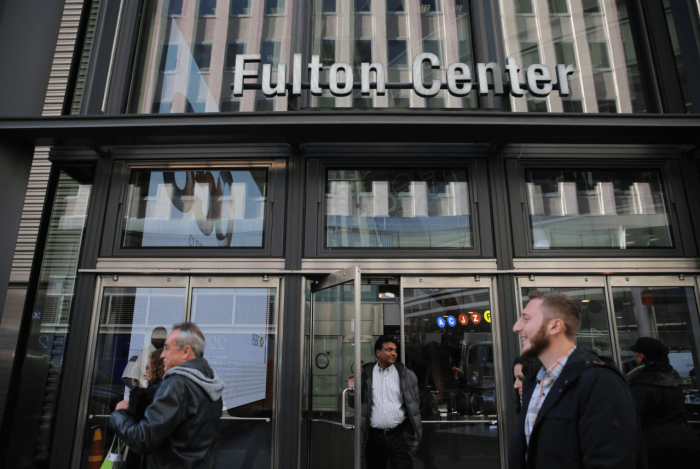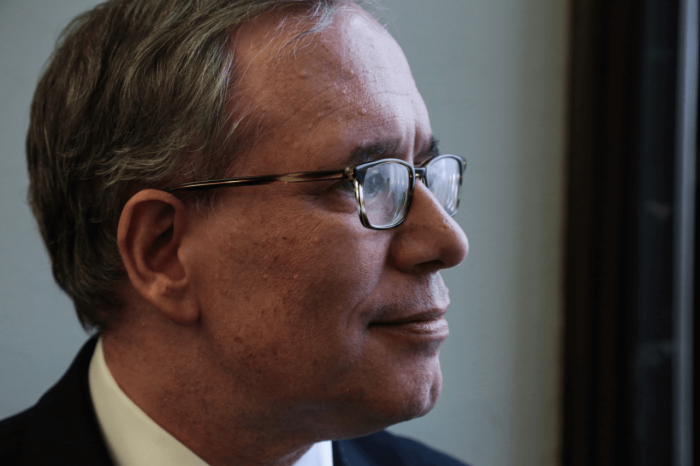Philip Mark Plotch’s “Politics Across the Hudson” dives into the turbulent history of the Tappan Zee Bridge project that spanned more than 30 years of political jockeying, intreragency turmoil and several governors who tried and failed to build a new three mile span across the Hudson River 13 miles north of the city. “We didn’t actually need a new bridge in the first place,” said Plotch, an urban planner and assistant professor of political science and director of the master’s program in public administration at Saint Peters University. “I wrote that it was a ‘self-fulfilling prophecy.’” Metro spoke with Plotch, who is the former director of World Trade Center Redevelopment and Special Projects for the Lower Manhattan Development Corporation and manager of planning for the MTA, about other major transportation projects and if straphangers will ever get to ride the Second Avenue Subway. Lessons for the MTA
Plotch compared the Tappan Zee Bridge project to a crumbling house.
“So the best way to get a new house is to let the thing deteriorate. It wasn’t they wanted it to deteriorate, but once they realized they were going to get a new bridge, they didn’t have to take care of their old bridge as well, which is a huge lesson for the MTA.” “If you don’t raise the tolls, you can’t maintain stuff, if you don’t raise fares in the long run, you can’t maintain stuff,” Plotch said. “The Second Avenue Subway would have been built a long time ago if people were willing to pay more for public transportation.” Second Avenue Subway
MTA Capital Construction President Michael Horodniceanu took reporters on a tour of the Second Avenue Subway construction in May, and said the project was on-time and under budget. Horodniceanu said the first phase, which will extend the Q train from 96th Street to 63rd Street, will open at the end of 2016. “They’re saying the end of next year but it won’t be until early 2017,” Plotch said.
RELATED: MTA shows off Second Avenue Subway progress
State and city response to funding gap
After the legislature didn’t act to fill the MTA’s funding gap, and increased pressure from the city and MTA to engage with Albany to figure it out, Cuomo said in July that the state would kick in $8.3 billion, but did not say where the money would come from. Transit sources told the New York Times that about $7 billion would come from the federal government or the private sector. “Which means it’s not real,” Plotch said of the funds. “It’s not true that all of a sudden the federal government is going to write a check out for $7 billion. The capital program includes all sorts of different funding sources … There’s no new $7 billion. Sometimes politicians say something to gloss over a problem.” Plotch said he thinks Cuomo—whom is described as “Machiavellian,” “aggressive,” and “controlling” in the book, and a “master at making deals” according to former Gov. David Paterson —is playing a game with the mayor, saying “If you [the city] pay for it, we do it. If you’re not going to pay for it, we’re not going to do it.” “They don’t actually use those words, but you can see that’s what’s going on.”
RELATED: MTA capital program in slightly less debt at 12.4 billion Why is Cuomo pushing for a new LaGuardia Airport instead of subway improvements?
“From the beginning the governor does stuff that he can do fast. He can do LaGuardia fast, he can do the Tappan Zee pretty fast. He can’t build the Second Avenue Subway fast.”
RELATED: Biden, former critic of New York’s LaGuardia Airport, upbeat on design


